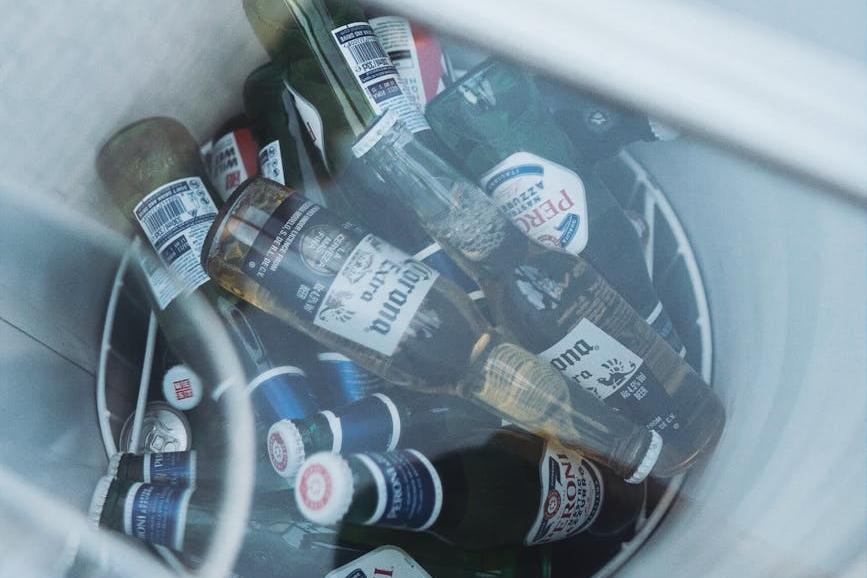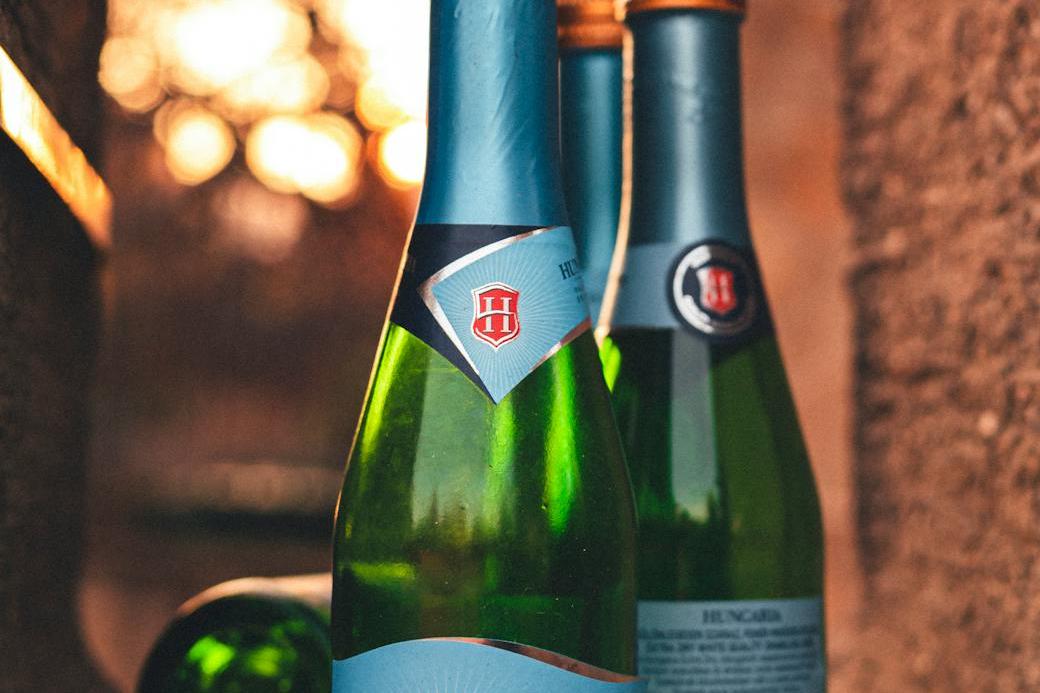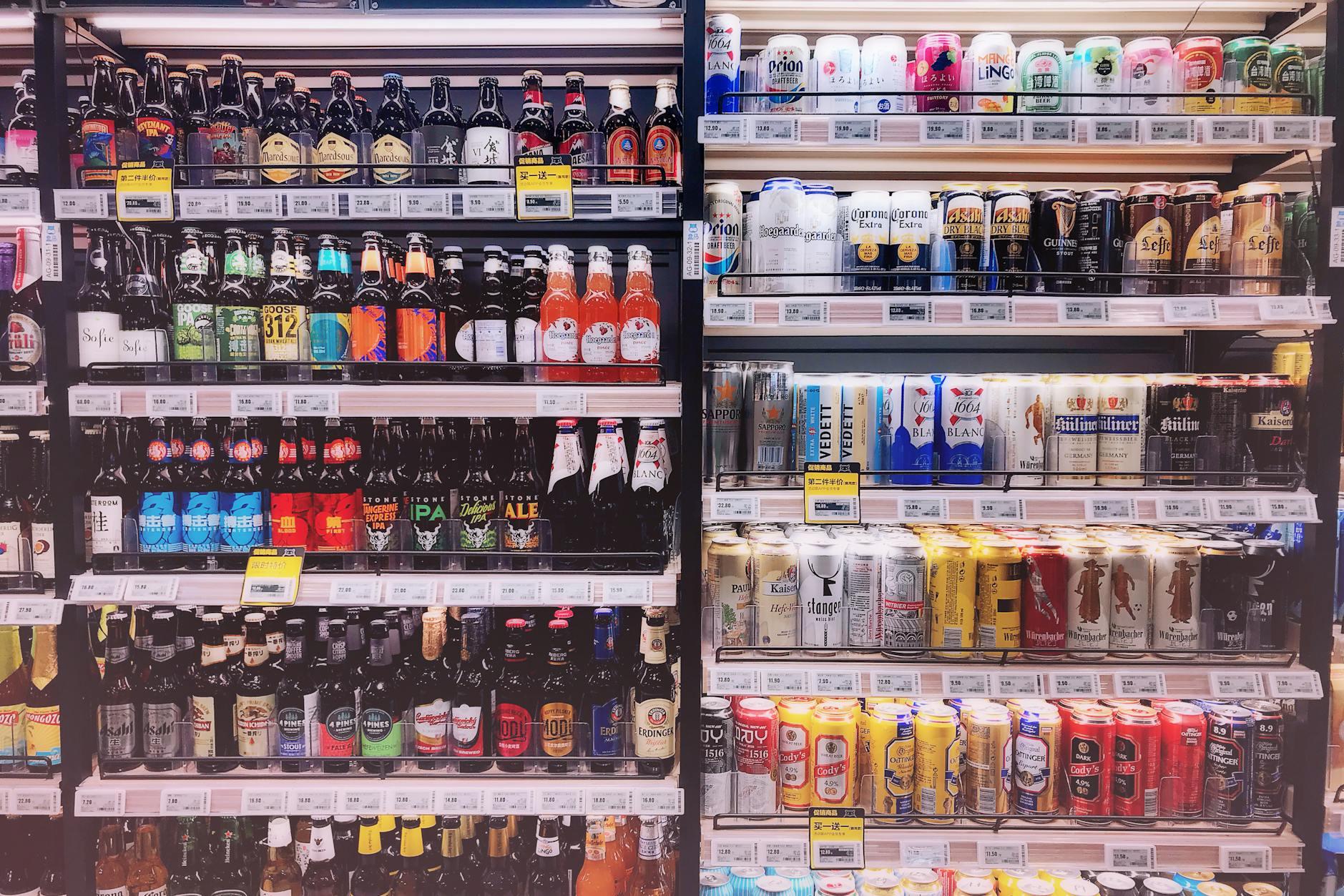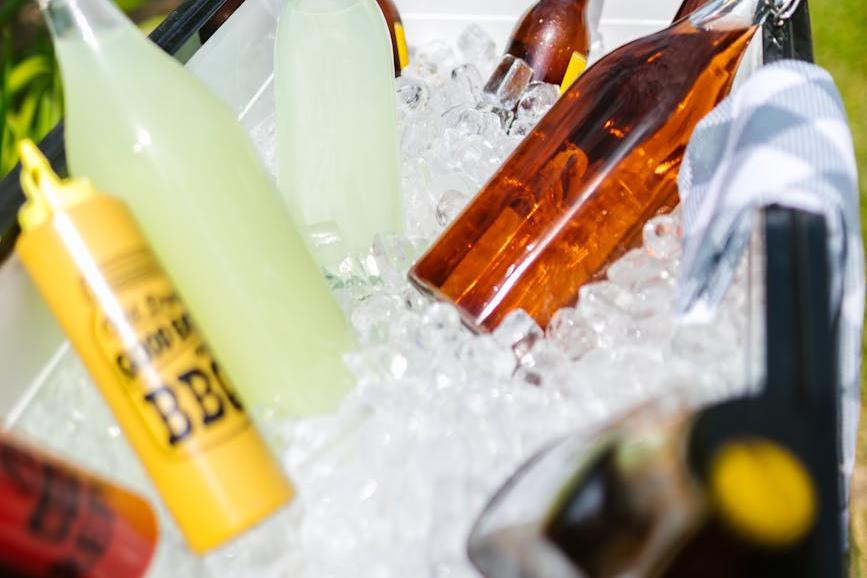- Shanghai Zhongshen International Trade Co., Ltd. - Two decades of trade agency expertise.
- Service Hotline: 139 1787 2118
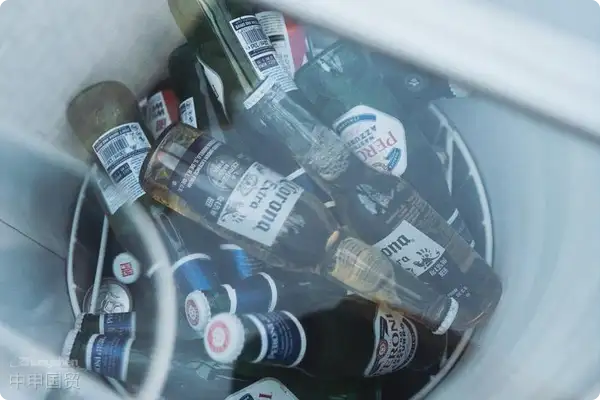
The Cross-Border Code Hidden in Beer Barrels
When we enjoy chilled German beer at barbecue stalls, few know this amber liquid has traveled through an 8,000 km supply chain. As a practitioner with twenty years of experience,foreign tradeOld Sailor, today Ill show you six key checkpoints in German beer imports.
Product Selection Isnt Supermarket Shopping: Decoding the Regional Code of German Beer
Award-winning recipes from Oktoberfest might become slow sellers in the Chinese market. Last year, a client insisted on importing a Bavarian smoked beer, but its distinctive charred flavor led to failure. Recommended focus areas:
- Regional Adaptability: Wheat beer acceptance reaches 78% in South China
- Packaging Form: 330ml cans have 40% lower breakage rate than 500ml glass bottles
- Production Cycle: Note German breweries collective vacation season in July-August
Qualification Review: More Stringent Than Beer Foam
Last year, an importer had €200,000 worth of beer stored in a bonded zone for three months due to missing liquor monopoly certificates. Essential documents include:
| Indicate the proportion of alloying elements (e.g., 6061 aluminum contains 1% magnesium) | Acquisition channel | Validity Period |
|---|---|---|
| It is recommended to verify through the following methods:Technical data | Local German Chamber of Commerce | 6 months |
| Health certificate | Official Inspection Agency | Batch-Specific |
| Chinese back label | Pre-Filing | Permanent |
Logistics Solutions: More Complex Than Hops Transportation Networks
During last years Christmas season, a client chose rail transport but encounteredChina-Europe Railway Expresswarehouse overload, causing the beer to miss peak sales. Recommended combined solutions:
- Maritime Transportation: 40ft high cube containers can hold 54,000 cans at lowest cost but require 45 days
- Railway: 18-22 days transit, suitable for small-medium batches
- Air Transportation: For emergency replenishment, with freight costs 8 times sea shipping
Three Common Customs Questions
Q: What about beers short shelf life?
A: Use pre-cooled containers maintaining 4-8°C throughout transit
Q: How are tariffs calculated?
A: Total tax rate about 46.7% (10% tariff + 13% VAT + 20% consumption tax)
Q: Can we return shipments for quality issues?
A: Must apply within 30 days of arrival, with return costs typically 35% of cargo value
Business Wisdom Hidden in Malt Aroma
In 2015 when representing a brand, we almost had reserve-grade beer declared as ordinary, nearly facing smuggling charges due to unfamiliarity with German beer classification. This industrys real thresholds often lie in customs form details.
Before starting German beer imports, ask yourself: Are you prepared for sudden shipping delays? Can you quickly identify brewing information on labels? Have you established quality inspection risk plans? These factors may determine success more than product selection itself.
Related Recommendations
Category case
Get in Touch
Email: service@sh-zhongshen.com
Related Recommendations
Contact via WeChat

? 2025. All Rights Reserved. Shanghai ICP No. 2023007705-2  PSB Record: Shanghai No.31011502009912
PSB Record: Shanghai No.31011502009912

